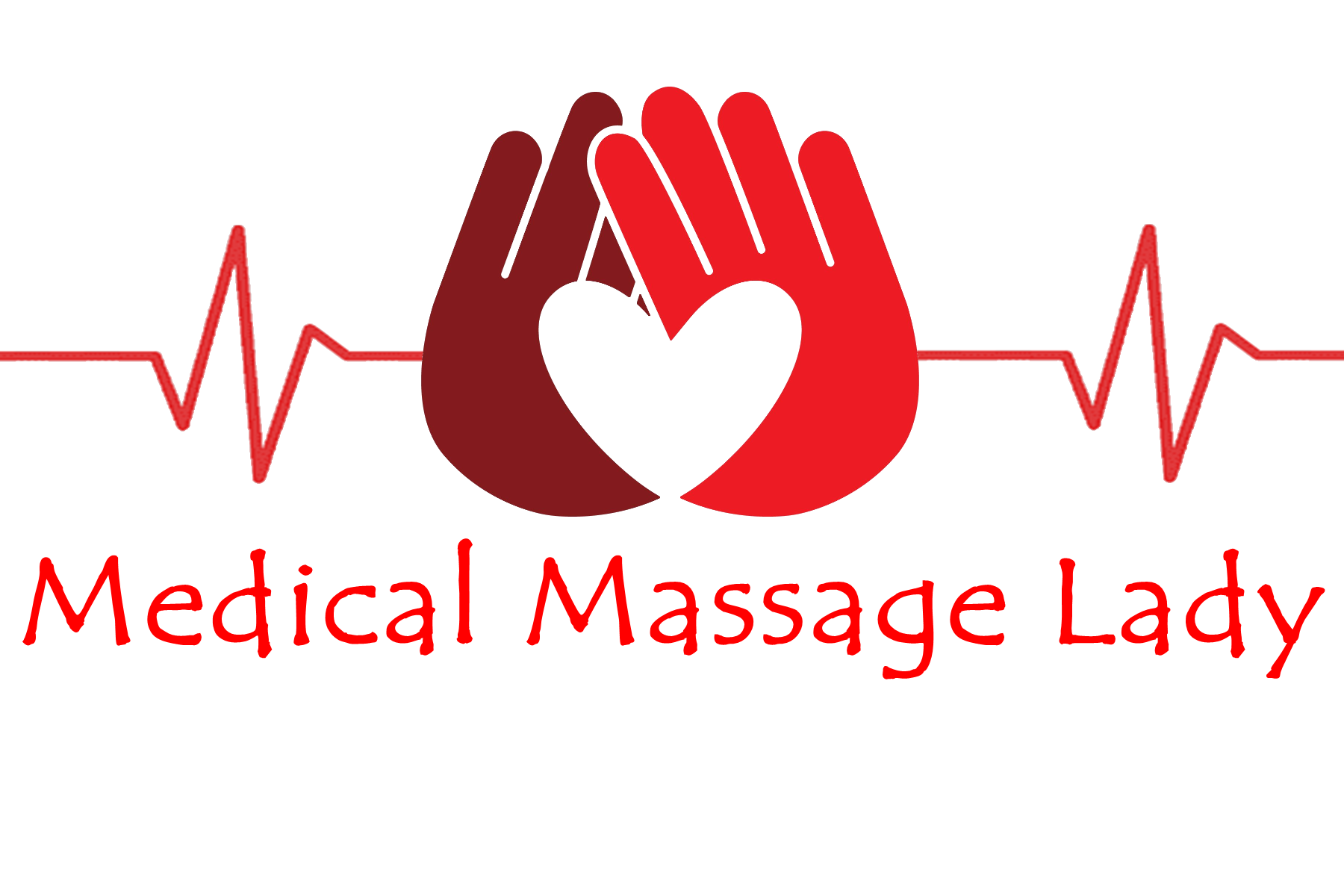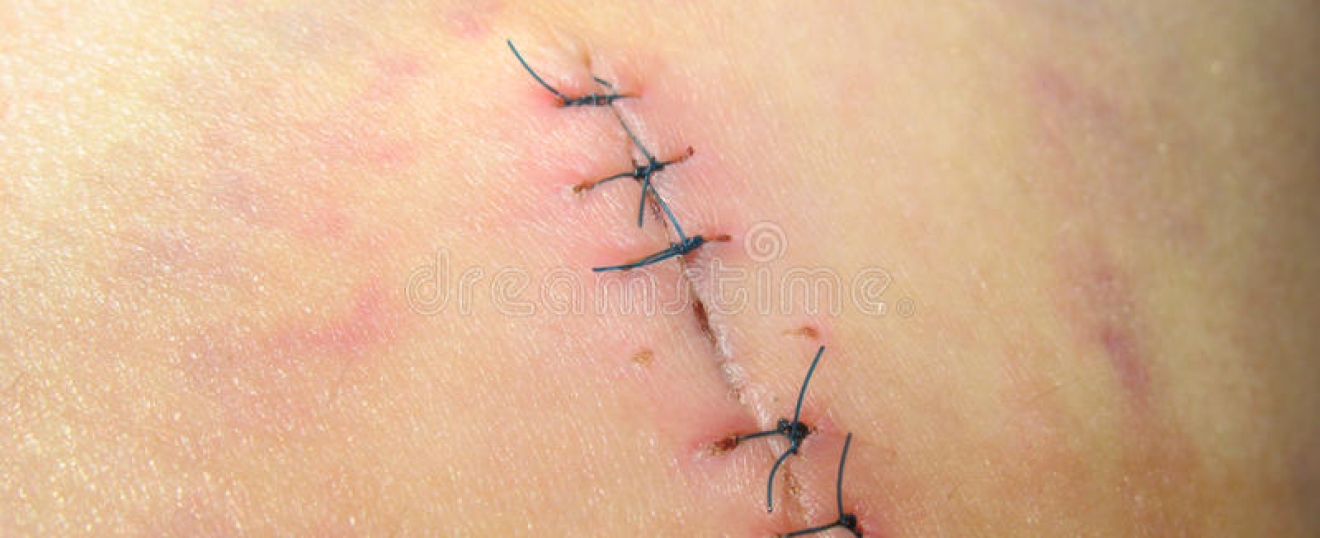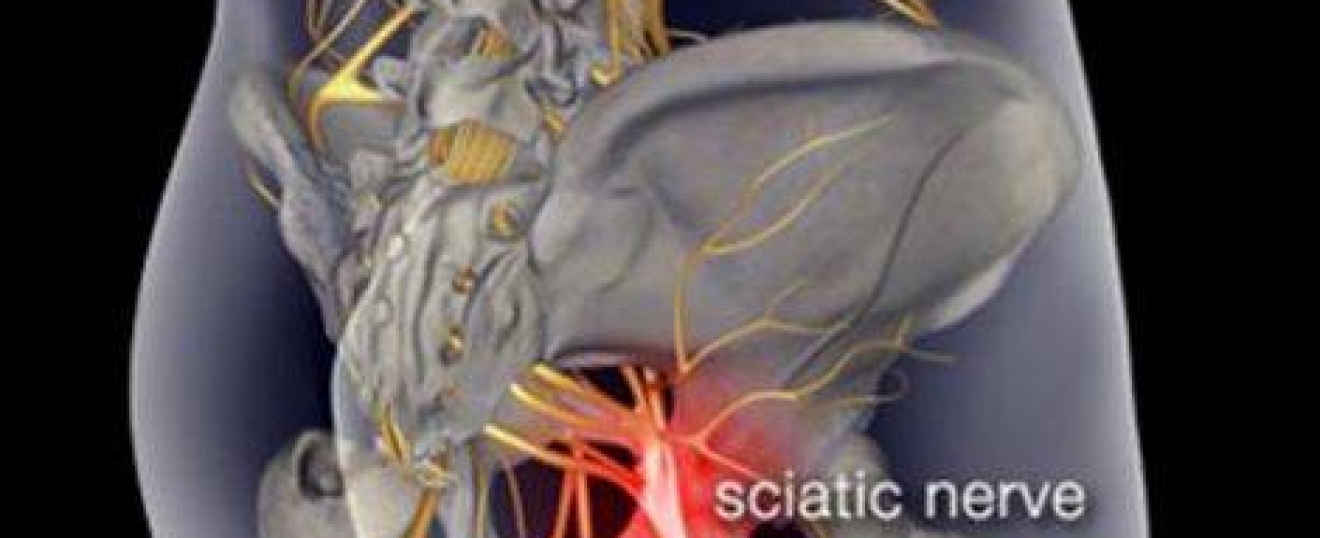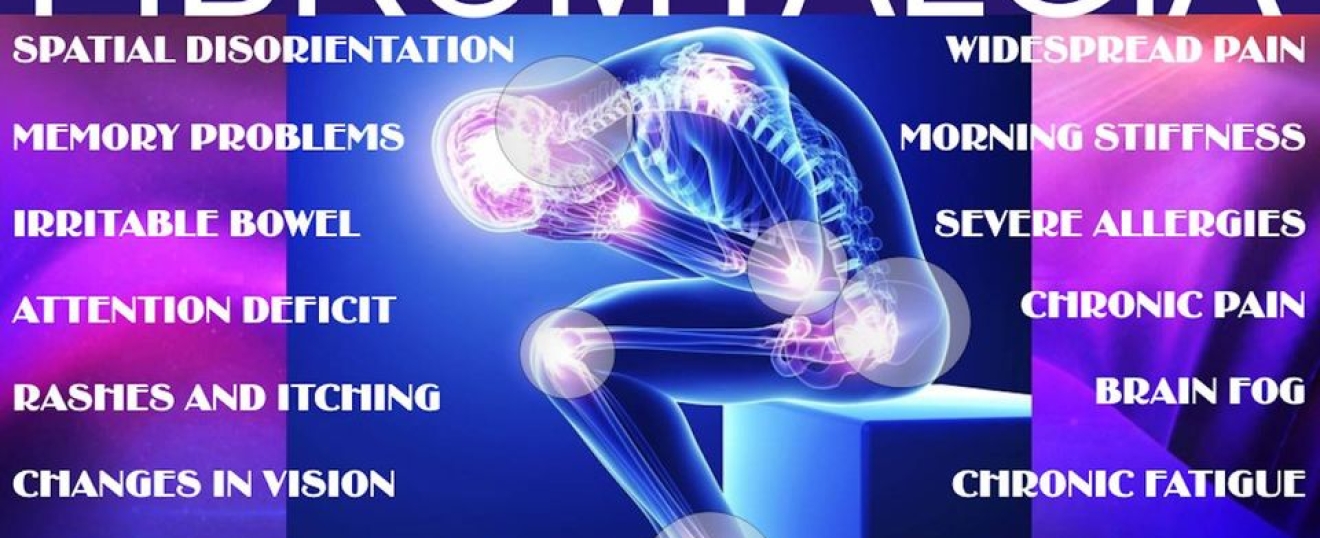- 07736 104738
- sam@medicalmassagelady.com
- Mon - Sat, 8:00 - 18:30
MASSAGE FOR POST SURGICAL HEALING
A post-operative massage can really help to encourage healing by reducing pain and stress, improving scar tissue formation and range of motion and, following cosmetic procedures, promote a positive aesthetic outcome.
Post-operative massage can prevent hardening of any fluid at the wound site, by encouraging blood flow and targeting the lymphatic system to reduce inflammation by flushing waste through the system and absorbing fluid.
Research has shown that massage stimulates endorphin release which helps to block pain and can reduce the recovery period by up to 50%. Also reduced hospitalisation may occur due to less need for drug administration and postoperative interventions.
Benefits of Post-operative Massage
- BETTER BLOOD AND OXYGEN FLOW – maintaining blood flow is important for nourishing the tissues, thus promoting cellular and tissue repair. Clotting also protects the wound from foreign objects and infections.
- SOFT TISSUE REPAIR – use of certain techniques will encourage blood flow bringing nutrients and oxygen to the tissues to aid with repair
- ACCELERATED HEALING – tissue regeneration will always happen faster if there is a good blood and nutrient supply and reduced stress
- REDUCED SWELLING – a certain amount of post surgical swelling is normal, but some techniques can work specifically on the lymphatic system to assist with fluid and toxin clearance. Relaxing the muscles and improving blood circulation will also help to reduce swelling
- STRENGTHENS THE IMMUNE SYSTEM - relaxed muscles stimulate oxygen supply to the organs and skin which strengthens the immune system and prevents infections
- LESS SCAR TISSUE - massage can aid with reduction of scar tissue in 2 ways:-reduces the chance of excessive scar tissue forming by relaxing the muscles and increasing their suppleness.helping to break up external scar tissue and adhesions that have already formed, promoting regeneration of these areas
- PROMOTE FLEXIBILITY AND MOBILITY – encourages flexibility of the muscles and joints, which may have become stiff due to reduced post surgical mobility
- PAIN TOLERANCE – massage has been shown to improve pain tolerance and reduce pain levels, through endorphin release, meaning that potentially morphine levels can be reduced
- REDUCE STRESS AND ANXIETY – it is normal to feel anxious before and after surgery, and this stress can affect pain tolerance. By stimulating endorphin release and inhibiting stress hormones, these anxiety levels can be reduced.
Risks And Precautions
Care should always be taken when seeking a massage and the therapist must be qualified and experienced in dealing with post surgical scars, and also it is important to see a registered and insured therapist. There is not set time as every case is different, depending on the extent of the surgery, the body part, other medical conditions etc. As a general rule, in terms of working directly with the area that was operated on, between 2 and 4 weeks is the minimal starting point, once the acute inflammatory phase has finished and the scar proliferation phase is complete. Also to ensure there is no post surgical infection. Certain techniques will not be able to be used straight away as they could reintroduce inflammation or pain.
Scar Tissue Massage and the 3 Phases of Wound Healing
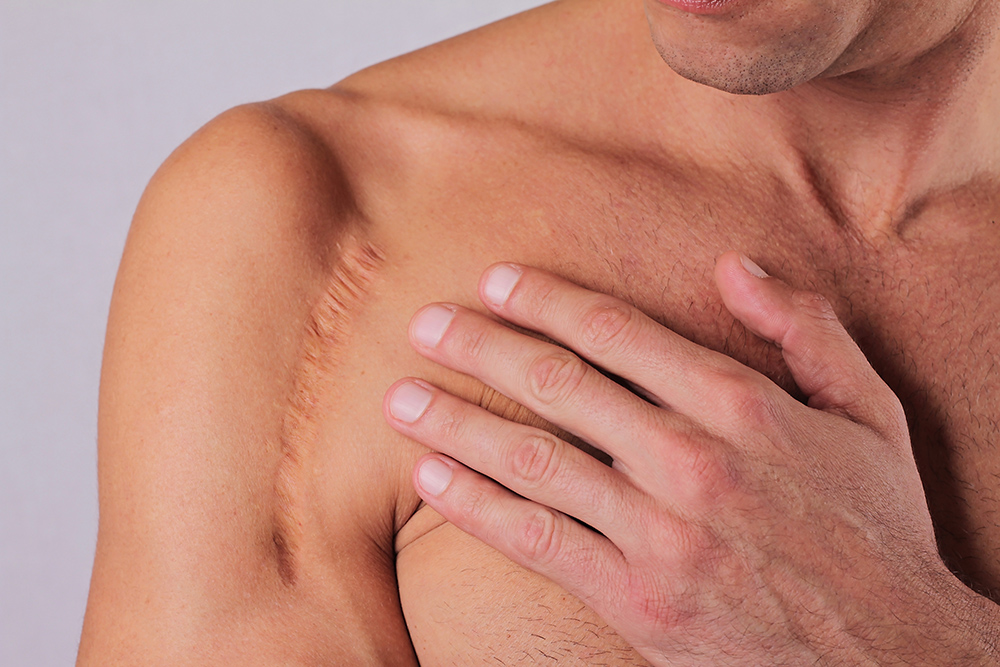
A scar has to be at a certain stage of healing before massage can take place, otherwise there is a risk of it reopening or acquiring an infection. Massage will be the most effective in the first 2 years while scar tissue is still healing, but must not be carried out in the first 2 weeks under any circumstances.
There are 3 stages of healing:-
- INFLAMMATORY PHASE – the incision site will be red and inflamed for a few days following surgery and the blood will be clotting.
- PROLIFERATION PHASE – Over the course of 2 – 10 days new collagen fibres will form to close and heal the wound, which may feel warm or numb. There may be some leakage from the wound which will appear raised and scabbed.
- REMODELLING PHASE - the final phase of scar formation where the nerves heal, bringing sensation back to the area. The scar will feel less textured, possibly itchy and more sensitive than regular skin. The scar will initially be a red/ purple colour, but then fades to white, eventually becoming more like normal skin colour.
There are many reasons to massage scar tissue:-
- reduce excessive scar tissue formation which can cause muscle stiffness and weakness, and potentially require surgical removal
- encourages drainage of excess fluid, thus reducing swelling
- increases range of motion as increased tissue flexibility means that movement feels less restricted
- improves blood flow, which promotes scar healing and elasticity of the tissue
- helps to regain sensation in the area, reducing numbness, tingling and soreness
- may improve the appearance of your scar
What type of massage is helpful post-surgery?
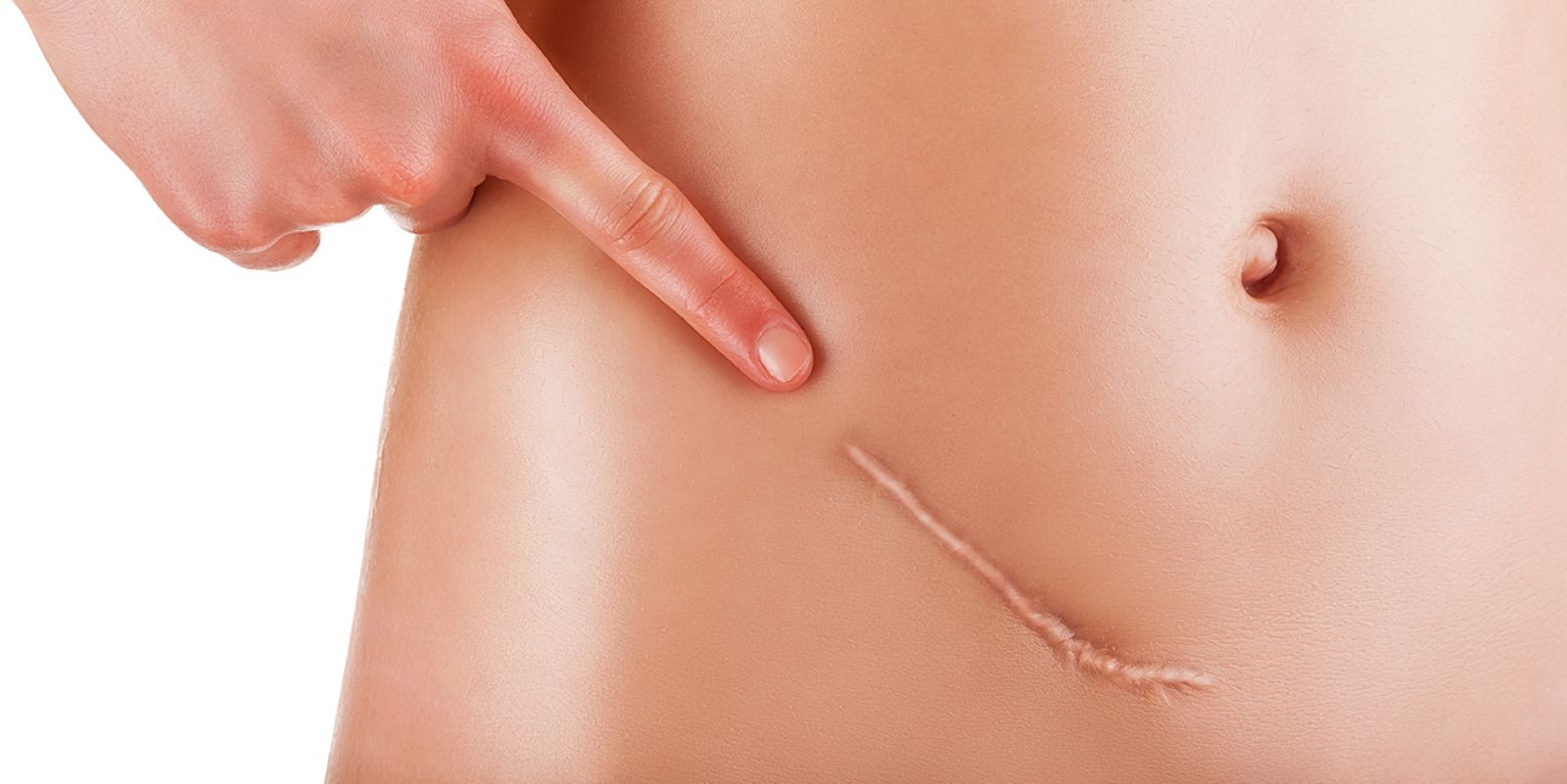
FRICTIONS - Transverse frictions will help to reduce scar tissue by carefully applying pressure to a targeted area, helping to reduce the amount of pain.
DEEP TISSUE MASSAGE - Deep tissue massage focuses on the deeper layers of muscle and connective tissue and is designed to realign tissues and relieve pain and stiffness. The combination of deep pressure and a slower speed can break down rigid adhesions.
The physiological effects of a deep tissue massage include:-
- INCREASED VENOUS RETURN – the deeper pressure applied increases venous and lymphatic flow, which then increases the arterial blood supply. This then improves tissue health due to increased oxygenation and nutrition
- INCREASED TEMPERATURE - friction increases heat in a localised area, which then relaxes the body physically and psychologically, meaning that the muscles can be mobilised and tissue elasticity increased
- REMOVAL OF WASTE PRODUCTS - waste products and toxins naturally accumulate in the muscle, particularly during exercise, but deep tissue massage helps to increase the metabolism, meaning quicker removal of waste in the muscles and better recovery of the tissues.
- INCREASED CELLULAR EXCHANGE - improved blood circulation means improved oxygenation and nutrition to the muscle cells, meaning they function better which in turn leads to more efficient removal of toxins and re- absorption of excess fluids thus reducing swelling in soft tissues
- INCREASED TISSUE ELASTICITY - rigid and inelastic muscle tissue will negatively impact on the metabolism but deep tissue work can pull the elastic soft tissues towards their full length in various directions, which is important when they are continually put under stress in certain positions
Benefits of a deep tissue massage include:-
- DECREASED TENSION - increased muscle contraction for a period of time can result in stiffness, pain and restricted movement, which will further pull on areas of scar tissue. By increasing temperature of the soft tissues, deep tissue will increase elasticity and consequently ease pain
- REDUCED PAIN – release of pain relieving endorphins during deep tissue massage, which interrupt pain signals to the brain, stimulates mechanoreceptors in the body which help reduce muscle tension and spasms, thus reducing pain
- INCREASED FLEXIBILITY - the metabolic rate in muscle tissue refers to how quickly waste products can be removed and oxygen and nutrients can be delivered in. Deep tissue techniques can help pull elastic structures to full length, helping to maintain elasticity and soften the hardened muscle to positively impact on the metabolic rate
- IMPROVED RECOVERY - deep tissue massage can encourage healing of soft tissues after injury for all the reasons mentioned, so it is no surprise that it would be beneficial following surgery to help the tissue repair
INSTRUMENT ASSISTED SOFT TISSUE MANIPULATION
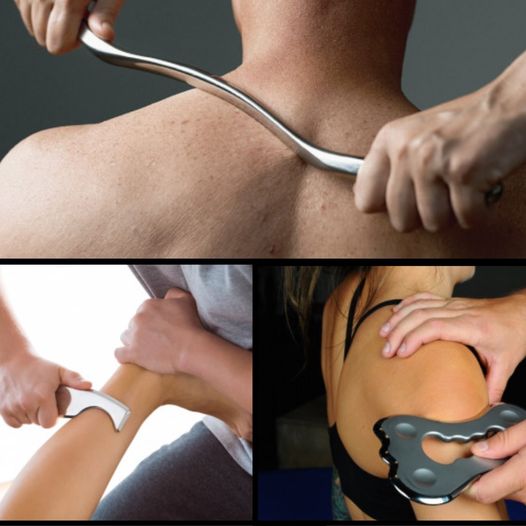
treats soft tissue dysfunction with the use of various tools, by applying friction across the skin, breaking down and releasing fascial restrictions such as scar tissue, and triggering the inflammatory response and production of fibroblasts, which help the body to absorb scar tissue and produce new collagen crosslinks. In this way it can assist with recovery and help to restore movement. When a scar doesn’t align with the tissues it can reduce strength, restrict movement and reduce blood flow. By initiating a mild inflammatory response, IASTM improves blood circulation in the tissue, promoting detoxification.
The physiological effects of IASTM include:-
INCREASED CELLULAR EXCHANGE - the friction of IASTM increases blood flow and, therefore, transportation of cells in and out of the tissues, which enables detoxification and oxygenation of the tissues, and consequently healing
INCREASED VASCULAR RESPONSE - IASTM initiates inflammation and vasodilation in response to cell damage, which assists with delivery of new oxygenated blood, essential for cell repair and growth.
BREAKDOWN/REALIGNMENT OF COLLAGEN FIBRES - IASTM breaks down restrictive scar tissue and re-aligns collagen fibres in the same direction as the healthy tissue, restoring movement and reducing pain
Benefits of IASTM include:-
REDUCED PAIN - IASTM helps to reduce pain in 3 ways:-
- by increasing blood circulation – IASTM dilates the capillaries under the skin, allowing more blood into the tissues and increasing the temperature which can reduce pain
- by breaking down restrictive scar tissue or adhesions which can restrict movement and cause pain
- by interrupting pain signals to the brain by sending other signals to the brain and stopping pain signals from being received
INCREASED RANGE OF MOTION - by breaking down tight scar tissue and adhesions. When a scar is created the collagen fibres are laid down in an irregular pattern across the muscle which reduces movement of the tissues. IASTM breaks down and realigns these collagen fibres into a more orderly pattern, thus improving range of movement
INCREASED TISSUE ELASTICITY - the pressure applied stretches the tissue fibres, causing the muscle spindles to make note of the altered tissue length and send signals to the central nervous system, which is important to increase range of motion. The more the fibres are stretched, the more accustomed the spindles become to the new length and signalling is reduced, improving movement
IMPROVED RECOVERY - by improving blood circulation, cellular exchange also improves, helping to repair damaged cells. and breaking down the scar tissue helps to realign the fibres reducing recovery time
LYMPHATIC DRAINAGE MASSAGE
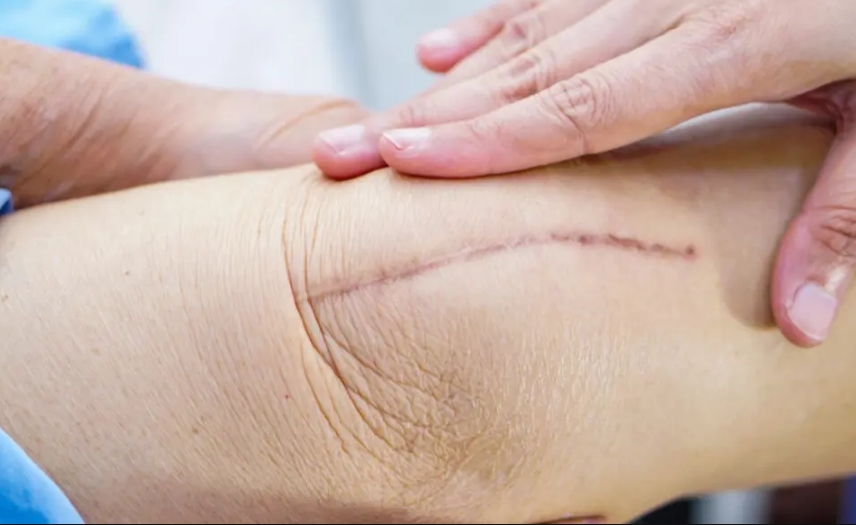
lymphatic system is responsible for flushing toxins and waste through the body and transporting lymph, which contains white blood cells, throughout the body to fight infection. It therefore plays a vital role following surgery when the incision site provides an ideal environment for infection. Lymph nodes also tend to swell and fill with fluid following surgery which can become painful, and even affect mobility, if not addressed. Lymphatic drainage massage helps to pump lymph through the body and drain any excess fluid, clearing the lymph nodes and improving healing capacity
Cosmetic procedures and lymph node removal in clients with cancer are perfect examples of when accumulated fluid can become a problem, and when lymphatic drainage can be particularly beneficial. Cosmetic surgeries such as liposuction and tummy tucks, will disrupt the lymphatic channels and it can take about 2-3 months to make new connections, hence why plastic surgeons request a series of lymphatic massages in the post-op care, to reduce swelling and improve aesthetic results by reducing tissue congestion and helping to prevent infection, both of which can increase pressure on the incision.
Lymphatic versus deep tissue
Lymphatic drainage massage focuses on the superficial skin in order to make the lymphatic system more efficient as opposed to deep tissue which focuses on the deeper muscles. Lymphatic drainage massage is different than regular massage because it will open and then shut the lymphatics. The rhythm of lymphatic drainage also stimulates the parasympathetic nervous system, inducing relaxation.
Contraindications to lymphatic drainage massage include:-
- congestive heart failure
- history of blood clots or stroke
- current infection
- liver or kidney problems
